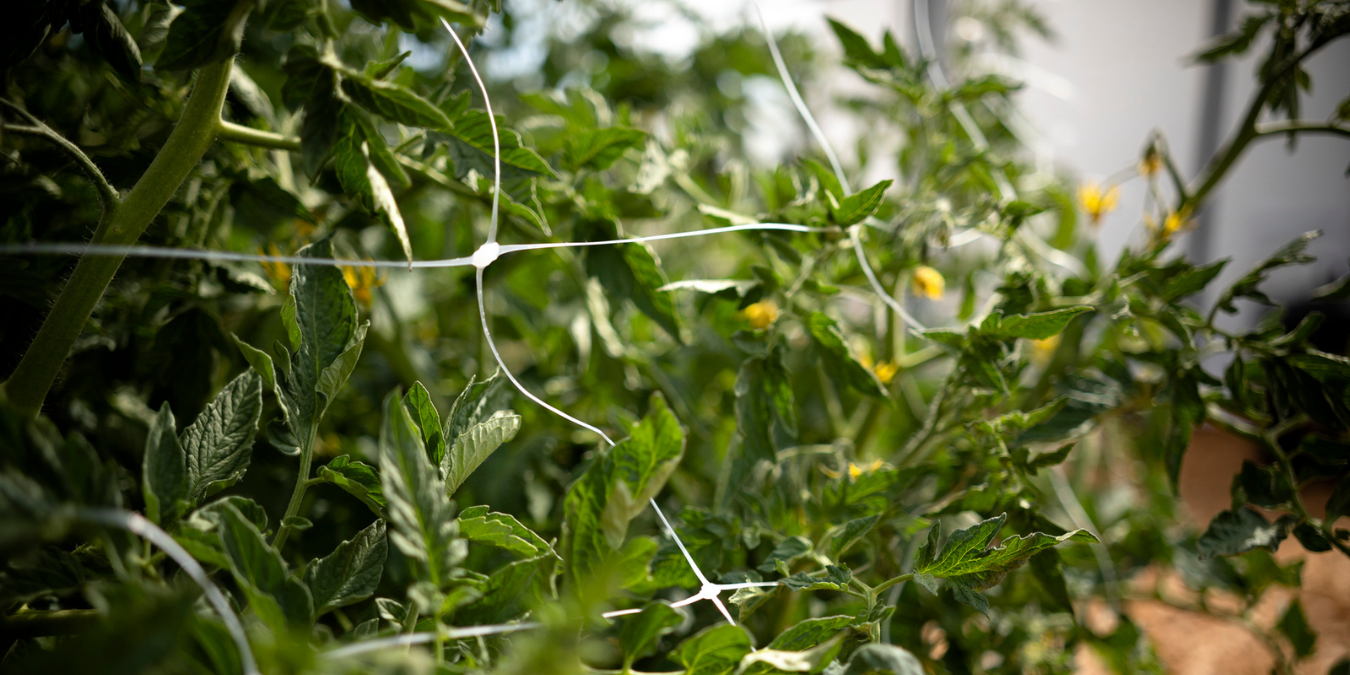Choose the Right Composting Method for You

Composting is popular with gardeners everywhere, not just for its ability to recycle food and yard scraps into fertilizer, but also for its adaptability to any growing situation. If you’re ready to reap the many benefits of this amazing process, you’ll want to learn about the many different methods of composting. Whether you live in an urban setting or have access to an abundance of farmland, we’re here to help you figure out which approach is right for you!
Read on to discover the many ways you can compost!
Indoor Composting
If you have little or no yard space, composting in your home can be a viable option! Indoor composting boasts many benefits, including less temperature fluctuation, efficient use of space, and easy access when it’s time to dump your food scraps!
There are a few ways to compost indoors:
Aerobic Composting
Aerobic composting uses microorganisms to break down food scraps into nutrient-rich garden fertilizer. A plastic bin or tub can be the perfect cost-effective container for this process. This method can take some time, but in a few months, you’ll have made a wonderful treat for your garden.
Vermicomposting
With this method of composting, worms do the work of breaking down organic materials into compost. While some people might not like the idea of inviting worms into their home, these little guys speed up the process by eating up all of the kitchen scraps you throw in the bin for them. While doing so, they leave behind worm castings (poop!) that your garden will love.
Note: Vermicomposting can be used outside, too!
Electric Composting
If you’re the type who doesn’t like to wait, there are even kitchen appliances that will create compost within a day or two. Magic? Not quite! These types of bins use electricity to generate heat and break down organic waste as fast as possible, so you can get your compost to your grow ASAP. However, eco-conscious gardeners may prefer a more natural method of composting that leaves less of a carbon footprint.
Outdoor Composting
When you think of composting, you may picture a pile of leaves and scraps being meticulously turned with a pitchfork–this kind of composting happens outdoors, and it is the most well-known method. There are, however, a few different outdoor options for your composting project.
Cold Composting
By far the simplest method, cold composting involves just tossing stuff into a pile. Really, that’s it! Throw your mix of scraps, yard waste, and even some shredded natural paper, and you’ll find that, in a year or two, that pile turns into some nice dirt for your garden. Don’t want to wait a whole year to feed your grow? Then cold composting may not be for you. If, however, you’re looking for a low-effort, low-commitment solution, cold composting might be your best bet!
Trench Composting
Trench composting is similar to cold composting in that it relies on mother nature to do the work. Just dig out a spot near your plants to place your materials and bury them! It’s another low-work method, and it provides your plants with a quicker source of nutrients than cold composting. However, trench composting is something that’s done one batch at a time, without consistently adding material to your compost pile, so it may not work for you if you’ll have a constant supply of composting materials. It can also attract pests, so keep an eye out for unwanted guests like raccoons and rats!
Hot Composting
Hot composting is like cold composting, except that it requires a little more management of your pile. By maintaining a good ratio of browns, greens, and moisture, and turning your pile frequently, the pile will heat up and speed up the composting process from a year or so down to just a few months! This is one of the most common types of composting and is useful for gardeners who have a steady stream of compost materials that they want to work into their garden beds within the next growing season.
Bin Composting
Bin composting is usable with hot composting and is a way to contain your pile of material and even speed up the process. By setting up a bin, heat and moisture can be more easily retained so that the breakdown process continues uninterrupted. Bins can be made of many different types of materials or purchased from lawn and garden stores, and there are even bins that rotate to allow for easy mixing of your materials for better aeration. Worried about pests? Closed bins are perfect for keeping uninvited dinner guests out of your compost, and you can even buy bear-proof bins!
Compost Your Way
Composting is an individual process that can be tailored to your specific needs. Whether you prefer to pile it up and forget about it or be more directly involved in the experiment, there’s a method of composting for you. We hope that this article will help you narrow down your choices and get started so that you can reap the benefits of this amazing process!






